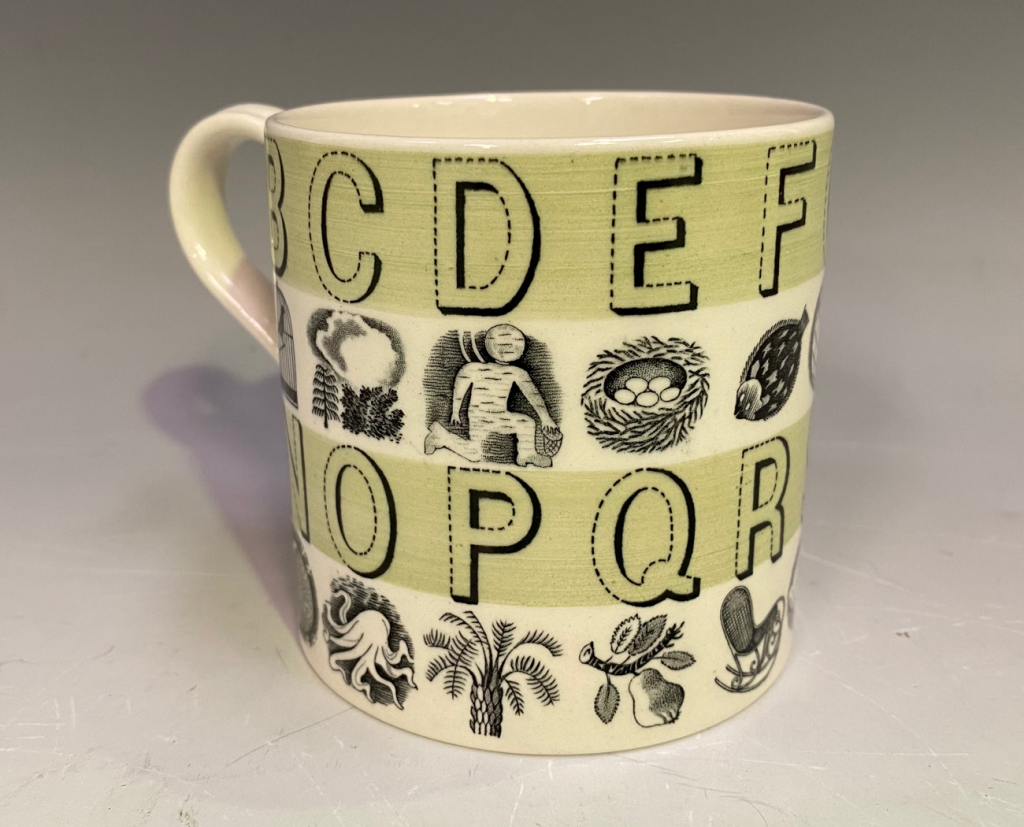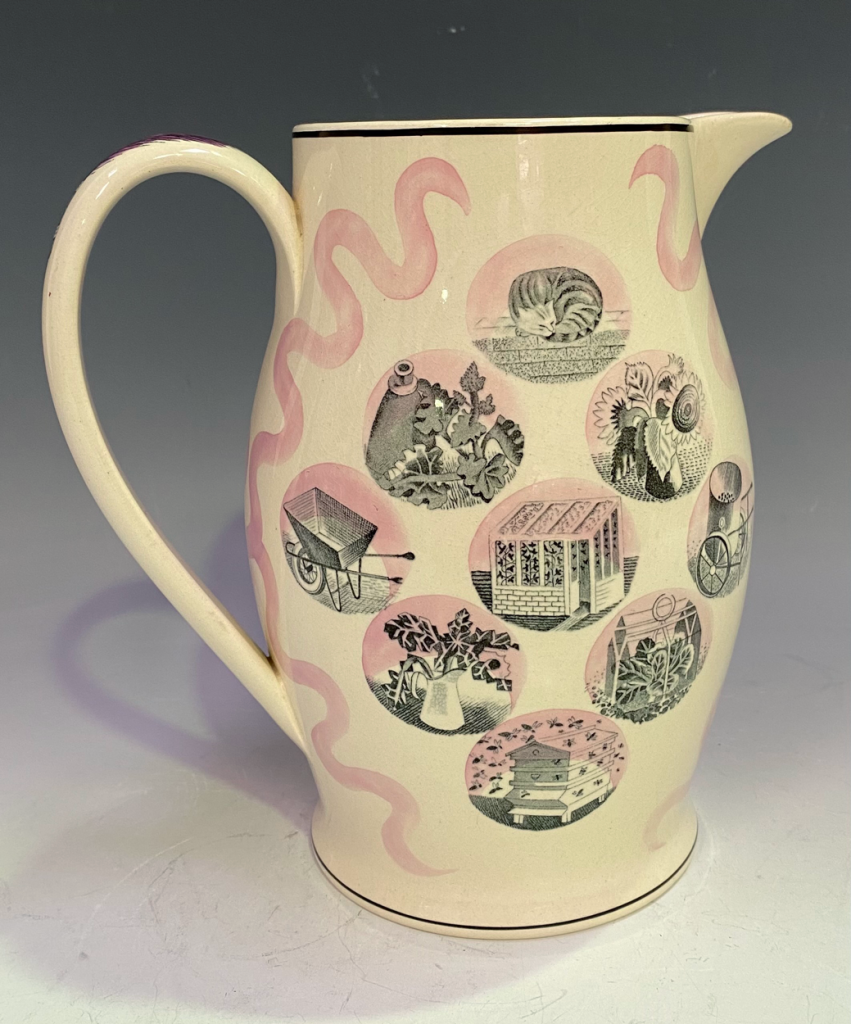
The artist Eric Ravilious lived and worked in Sussex. Known primarily for his watercolour landscapes and wartime studies, Ravilious was also a talented illustrator and designer.
Eric Ravilious was born in 1927. As a very young boy he moved with his parents from Acton to Eastbourne in Sussex. There his father ran an antique shop. Ravilious was educated at Eastbourne Grammar School. In 1919 he won a scholarship to Eastbourne School of Art and in 1922 to the Royal College of Art in London, where he met his lifelong friend and fellow artist Edward Bawden. Both men studied under the artist Paul Nash, who was generous in encouraging and promoting their work. Ravilious subsequently taught part-time at both art schools.
In the early part of the 20th century there were attempts to address the separation between craftsmen and artists. Among the leading voices in this movement were William Rothenstein, principal of The Royal College of Art, and a number of artists, who lived and worked in Sussex. They included Paul Nash, Eric Gill, John Piper, Graham Sutherland, Eric Ravilious, and the Bloomsbury artists Vanessa Bell and Duncan Grant.
In 1935 Eric Ravilious was invited by the Wedgwood factory to design a commemorative mug for the coronation of Edward VIII. After the King’s abdication in 1936, the design was reworked for the coronation of his brother, George VI, and subsequently for that of our own Queen Elizabeth II. The designs give a reserved English voice to the joy and excitement that these coronations brought to our nation. Each monarch’s royal cipher and coronation date are set in bands of blue or pink, beneath cascading fireworks against a clouded night sky. Ravilious’ work offers a very English corrective to modernism’s extremes, expressed in his emotionally cool, structural paintings and designs.

The delightful alphabet mug illustrated was commissioned by Wedgwood in 1937. Banded in apple green, each letter of the alphabet is accompanied by a printed vignette; ‘A’ is for aeroplane, ‘E’ is for eggs, ‘O’ is for Octopus and so on.

I love the poetic gardening lemonade jug dating from 1939. The pink lustre is reminiscent of lustre ware from the late 18th and early 19th centuries. The delightful vignettes display Ravilious’ remarkable skill: a cat sleeps on a garden wall above depictions of garden beds, a cloche, a green house, a wheelbarrow and a beehive with honey bees.
Eric Ravilious and his fellow modern British artists enriched our lives in the interwar years of the 20th century as they allowed their artistic voices to inform the manufacturing and design of beautiful objects for our homes.